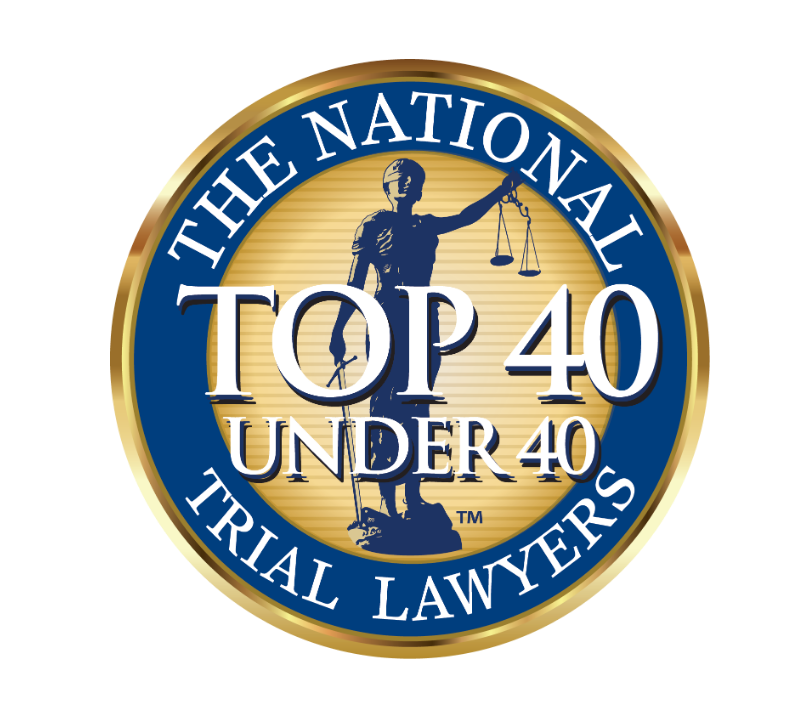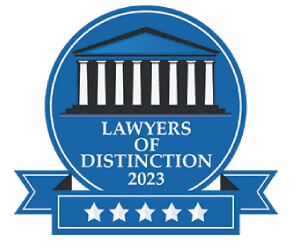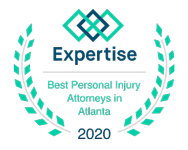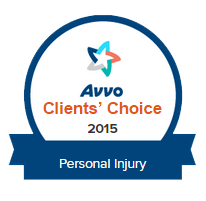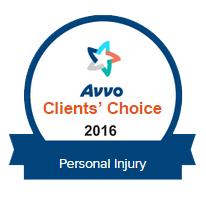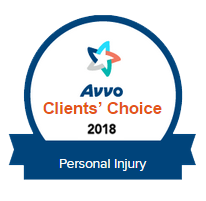Head-on collisions are among the most dangerous types of car accidents. When two vehicles collide head-to-head, the injuries can be devastating, ranging from spinal cord trauma to traumatic brain injuries. Some passengers lose their lives.
If you or a loved one suffered injuries in a head-on collision, you want to know as much information as possible so you can make informed decisions about what comes next. To explore your legal options, you may consider consulting a car accident lawyer. At no cost, they can assess your situation and offer much-needed support.
What Are Head-On Collisions?
Head-on collisions occur when the front ends of both vehicles collide. Even at low speeds, these accidents can have serious consequences, both in terms of property damage and human health.
What Are the Leading Causes of Head-On Collisions?
The most common cause of head-on collisions is human error. When motorists act negligently behind the wheel, they can cause deadly accidents.
Some examples of human error include:
- Distracted driving, such as texting
- Driving under the influence of drugs or alcohol
- Fatigued driving
- Speeding
- Weaving in and out of lanes
- Drag racing
- Aggressive driving
- Road rage
- Failure to yield
Other factors can lead to head-on crashes, such as vehicular malfunction. Imagine that a car’s steering system swerves into the opposite lane, colliding with another car. Poor weather conditions can cause head-on collisions, too; for instance, icy roads can cause a driver to lose control and hit another car.
All drivers must do everything in their power to prevent collisions. This includes refraining from negligent behaviors, regularly maintaining the vehicle, and staying indoors when weather conditions don’t permit driving.
How Do Injuries Result From Head-On Collisions?
To fully understand what types of injuries result from head-on collisions, it’s important to understand the mechanism of injury—or MOI. This is how the force of impact can lead to serious injuries.
Here’s a brief scenario to illustrate this idea:
- A woman is heading to work when a drunk driver swerves into her lane and collides with her vehicle head-on.
- First, her body suffers the impact of the two vehicles colliding.
- Then, her body suffers further damage after she strikes the car’s steering wheel.
The initial force of impact, combined with the secondary force of colliding with the car’s interior, can lead to serious injuries and, in some situations, fatalities.
What Injuries Result From Head-On Collisions?
Head-on collisions can cause:
- Traumatic brain injuries (TBI)
- Spinal cord trauma
- Broken bones
- Internal bleeding, including bruised ribs
- Sprains and strains
- Soft-tissue injuries, such as whiplash
- Burns
- Nerve damage
- The loss of one or more limbs
When compared to rear-end collisions, side-swipe accidents, and other accident types, head-on collisions are by far the most dangerous. If you were in a head-on collision, there are many considerations that could protect your personal, legal, and financial interests.
What Should I Do After Suffering a Head-On Collision?
Your next steps after a head-on accident largely depend on whether:
You’re Still at the Accident Scene
Every second counts in the aftermath of a head-on collision. If you’re dealing with serious injuries (or have any painful sensations), you should prioritize your health. Call 911 and share your location, contact information, and anything else you deem useful.
The dispatcher may instruct you to:
- Move your car out of traffic. If it’s safe, move your car to the road’s shoulder or another place away from other vehicles. This prevents multi-car collisions. If you can’t move your car, put on your hazard lights.
- Render first aid. Rendering first aid, like the first consideration, depends on your situation. If you are hurt, don’t move, and apply pressure to any open wounds. If someone else suffered injuries, immobilize them. This prevents any brain or spinal cord injuries from worsening.
- Document the collision scene. If possible, take photos of the accident scene with your cellphone. You should also take pictures of any roadway hazards, the involved vehicles, and your injuries.
The seconds, minutes, and hours after a head-on collision can fly by. So, if you were unable to perform the considerations previously outlined, that’s okay. Above all else, your health and safety come first.
You’ve Left the Accident Scene
If you don’t accept medical attention from first responders, you should visit an emergency room or urgent care center as soon as possible. Your doctor can outline a treatment plan that guides you toward maximum medical improvement (MMI). They can also order X-rays, MRIs, and other imaging scans that could serve as evidence later in your personal injury case.
Other considerations after your head-on collision include:
- Notifying your insurance company. Even if you didn’t cause the collision, your insurer wants to know about it. The early notification makes an early connection between your injuries and the accident that caused them.
- Documenting your damages. You started incurring damages from the moment of the collision. You need to document these losses to seek compensation for them. Documentation can include receipts, bills, invoices, and estimates.
- Refusing to give a recorded statement. One of the involved insurance companies may ask for a statement immediately following the collision. You don’t have to give one. This could be an insurer’s early attempt to find information that could discredit your case.
- Limiting your social media use. After learning about your claim, the insurer may scour your social media posts, looking for anything to discredit the severity of your condition. As your case unfolds, limit what you share online, and that includes refraining from posting photos, statuses, and comments.
You’re not alone during this stressful period. If you’re interested in pursuing financial justice after a head-on collision, you can partner with a lawyer in your area. They can manage your case’s many obligations while you focus on processing what happened and healing.
How Does Working With a Head-On Collisions Lawyer Can Benefit You?
There’s no such thing as an easy car accident case. Even those with clearly defined at-fault and liable parties come with their own complications. In a situation like this, where you’re facing a lengthy recovery period, you want someone advocating for you. That’s where partnering with a personal injury attorney could benefit you.
You may consider hiring a lawyer if you want to recover compensation and:
- You’re unsure of how to navigate the claims process.
- You don’t want to handle the claims process alone.
- The insurer has already undervalued or denied your claim.
- There are disputes involving fault and liability.
- You anticipate going to trial.
You don’t even need a particular reason to partner with a lawyer. Even if you just feel stressed about dealing with the claims adjuster, you could find much-needed support from a local attorney’s office.
How a Lawyer Can Manage the Claims Process After a Head-On Collision?
A personal injury lawyer is an invaluable asset in your fight for fair compensation. They share your goal in wanting to secure the best possible outcome for your circumstances. During your partnership, you can expect your lawyer to:
Offer Help on a Contingency-Fee Basis
You may have concerns about affording a lawyer on top of your medical bills and other financial obligations.
Yet, many car accident lawyers support clients on contingency, meaning you don’t pay:
- Upfront costs
- Retainers
- Hourly fees
- Deposits
Your lawyer’s fees come from the settlement or court award they recover on your behalf. You don’t pay anything from your own savings to retain legal help.
Investigate the Collision

Many car accident cases start with an investigation into what happened. This allows your lawyer to determine who caused the accident and who should pay for your losses. For instance, if a negligent driver caused your accident, you could seek compensation from their insurance provider.
Your lawyer may find the following pieces of evidence through an investigation:
- The police report
- Traffic camera footage (or other video recordings)
- Photos of your injuries and vehicle damage
- Accident reconstruction data
- Testimony from eyewitnesses
- Information from your healthcare provider about your condition
- Any injury-related invoices or receipts
- Black box data
With the information your attorney finds, they aim to show that because another party acted negligently, they caused your accident, and you suffered damages.
Identify and Calculate Your Damages
Before submitting your insurance claim, your lawyer wants to understand the losses you suffered. That way, when they approach the insurance company, they understand what constitutes a fair settlement. Compensation should account for your economic damages (like medical bills) and non-economic damages (such as pain and suffering).
Examples of compensable damages include:
- Medical bills, current and future
- Lost income, tips, bonuses, and other revenue streams
- Loss of future earning capacity
- The cost of replacing or repairing your car
- Out-of-pocket expenses, such as transportation arrangements
- Pain and suffering and inconvenience
- Emotional trauma
- Scarring and disfigurement
- Disability
If you’re filing a wrongful death case, your damages may look different than the ones listed above. Compensable losses in that instance could include the decedent’s final medical bills, lost income, and pain and suffering. You could also recoup the cost of their funeral and burial.
Filing Your Case and Sending the Demand Letter
You officially kick off the claims process with a demand letter.
This document includes the basics of your situation, including:
- The name of the negligent party or policyholder
- How much money you’re requesting
- The nature of your condition
- The circumstances of the accident
- Details about how you want this situation resolved
- How long the insurance company has to respond
What happens next depends on the liable party. If the insurer accepts the terms of your letter, it may offer fair compensation, and you could end your case. If not, your lawyer may engage in several rounds of negotiations to secure what you need.
Negotiating a Settlement
If the insurer undervalues or denies your claim, your lawyer can negotiate with the claims adjuster. Here, they can go back and forth, exchanging information and discussing your case’s details. Some insurance companies negotiate in good faith and fully intend to resolve the claims they learn about. Others are less cooperative and do everything possible to deny what claimants need.
Typically, only a small percentage of cases go to trial. If your case requires a lawsuit, you can trust your lawyer to manage that process and everything it entails.
Advocating for Your Rights at Trial
Many people are familiar with the claims process based on what they’ve seen on daytime TV and movies. However, these cases, like the claims themselves, are rarely open-and-shut. It could take a long time to schedule the trial— and more time afterward to reach a decision.
Remain optimistic and patient throughout the process. For instance, the insurer may contact you directly and offer a car accident settlement, hoping to avoid a lawsuit. If you accept, your case ends, and the insurer isn’t liable for anything else. This could jeopardize your financial standing if you accept an offer, only to have further expenses.
Your lawyer can present your lawsuit, cross-examine witnesses, and fight for what you deserve. Again, you are not alone during this process. You have options when reclaiming your life and moving forward.
Promptly Hire a Car Accident Lawyer
Every head-on collision case has a filing deadline as mandated by the state in which it happened. These deadlines are important because if the statute of limitations expires, and you haven’t filed your case, you could lose the right to seek compensation. This means the at-fault driver’s insurer would have no obligation to pay for your losses, and you couldn’t file a lawsuit, either.
Nobody should face the legal aftermath of a head-on collision alone. That’s why, if you were hurt in such an accident, you can partner with a personal injury lawyer in Atlanta. Many offer free case reviews where you can explore your next steps.
Schedule a Free Initial Consultation Today!
